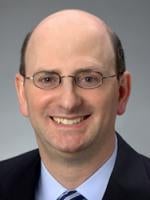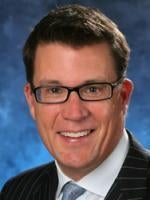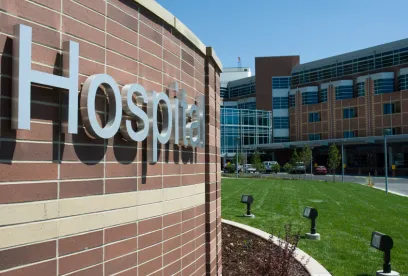For the second time in recent weeks, the Federal Trade Commission (FTC) prevailed in its challenge of a high-profile hospital merger. This time, the appeal stemmed from a June 14, 2016, order by Judge Jorge Alonso of the Northern District of Illinois denying the FTC’s motion to enjoin the merger of the thirteen-hospital Advocate Health Care Network and the four-hospital NorthShore University Health System, both located in Chicago’s northern suburbs. The decision provides additional guidance to hospitals contemplating mergers or other combinations as to how courts and enforcers may analyze these transactions.
Judge Alonso’s decision to deny the FTC’s injunction motion focused on the FTC expert economist’s application of the “hypothetical monopolist” test in defining the relevant geographic market. More specifically, Judge Alonso’s decision criticized the FTC expert’s decision to exclude certain academic medical centers from its geographic market, as well as the expert’s assumption that patients generally prefer access to hospitals that are close to home. Ultimately, it was this reasoning with which the Seventh Circuit disagreed.
On October 31, 2016, the Seventh Circuit unanimously reversed and remanded Judge Alonso’s decision, holding that Judge Alonso’s geographic market finding was “clearly erroneous.” Central to the Seventh Circuit’s decision was its conclusion that Judge Alonso misapplied the hypothetical monopolist test, misunderstood the realities of the health care marketplace, and erred in finding evidence of patient preference for local hospital services to be “equivocal.”
Re-affirming the Hypothetical Monopolist Test
The basis for the panel’s decision was, in large part, the perceived failure on the part of Judge Alonso to properly apply the hypothetical monopolist test. In broad strokes, the hypothetical monopolist test asks whether the merged entity could profitably raise prices to commercial payors within a given geographic market above competitive levels. If it could do so without sacrificing profits, then under that test that region is a relevant geographic market.
According to the Seventh Circuit, however, Judge Alonso’s analysis improperly focused on the effect a price increase stemming from the proposed Advocate-NorthShore merger would have on patients rather than on the commercial payors. The court held that commercial payors are the appropriate focus, where they are the entities that would decide whether it is necessary to accept a price increase in order to assemble a saleable network, or whether there are alternative, acceptable providers.
Alongside the Third Circuit’s similar holding in the recent FTC v. Hershey-Pinnacle decision, the Seventh Circuit’s opinion further supports the hypothetical monopolist test as the analysis that may be applied by courts and enforcers.
Acknowledging the “Commercial Realities” of the Health Care Marketplace
The Seventh Circuit also took issue with Judge Alonso’s conclusion that the FTC’s economist improperly assumed that patients prefer local hospitals. According to Judge Alonso, this assumption relied on “equivocal” evidence that ignored some patients’ preference for seeking general acute care near their workplaces or based on unrelated relationships with outpatient providers.
Rejecting Judge Alonso’s conclusion, the Seventh Circuit held that the evidence underlying the local-preference assumption was not “equivocal.” Instead, the panel held that the evidence clearly established that a large portion of patients prefer to receive care close to home and, indeed, that insurers cannot feasibly market plans to their customers (Chicago-area employers employing North Shore residents) that exclude both Advocate’s and NorthShore’s northern-suburb hospitals.
More specifically, the Seventh Circuit noted that the evidence demonstrated that 80 percent of patients within the FTC’s proposed geographic market travelled 15 miles or less to reach their preferred hospital. And, while the evidence indicated that some patients may be willing to travel outside the proposed geographic market to seek general acute care, the “silent majority” would not. This, according to the panel, would likely lead to commercial payors paying higher prices to keep the merged entity’s hospitals in network.
Part and parcel of this conclusion was the panel’s opinion that insurers market plans with an eye toward what the employers will buy to offer to their employees. While individual patients may, from time to time, travel to alternative hospitals outside the proposed market, the Seventh Circuit opined that employers may reject participating in otherwise “broadly appealing” plans that exclude Advocate and NorthShore hospitals because such plans would not appeal to large groups of employees, many of whom reside in the northern suburbs.
In summing up the issues, the Seventh Circuit concluded that the geographic market question in hospital mergers “asks in essence, how many hospitals can insurers convince most customers to drive past to save a few percent on their health insurance premiums?” In the panel’s estimation, “[w]e should not be surprised if that number is very small.”
Ultimately, because Judge Alonso’s decision failed to properly address this key question, the Seventh Circuit decided that his decision warranted reversal.






 />i
/>i

